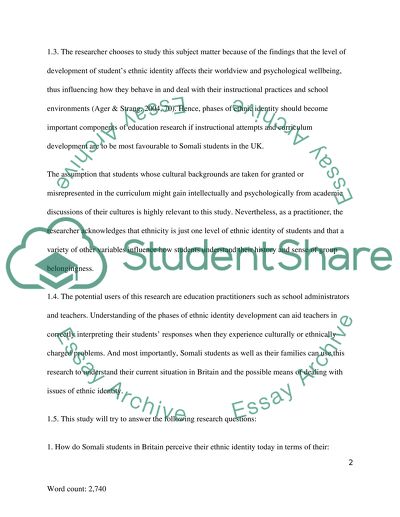Cite this document
(“Self-perception of young female and male students from Somali ethnic Essay”, n.d.)
Retrieved from https://studentshare.org/environmental-studies/1417920-self-perception-of-young-female-and-male-students-from-somali-ethnic-group-in-britain-today
Retrieved from https://studentshare.org/environmental-studies/1417920-self-perception-of-young-female-and-male-students-from-somali-ethnic-group-in-britain-today
(Self-Perception of Young Female and Male Students from Somali Ethnic Essay)
https://studentshare.org/environmental-studies/1417920-self-perception-of-young-female-and-male-students-from-somali-ethnic-group-in-britain-today.
https://studentshare.org/environmental-studies/1417920-self-perception-of-young-female-and-male-students-from-somali-ethnic-group-in-britain-today.
“Self-Perception of Young Female and Male Students from Somali Ethnic Essay”, n.d. https://studentshare.org/environmental-studies/1417920-self-perception-of-young-female-and-male-students-from-somali-ethnic-group-in-britain-today.


